There's something to be said about civilizations - like ours - that are obsessed with material things. Our capitalistic model has propelled the world towards that magic annualized 6% compound growth that makes economists like me go wild. But this very same model is also becoming an increasing source of inequality and attrition between the haves and have-nots. A more inclusive, circular economy could be a possible solution - which is why this saturday I took a stroll across the IJ-hallen, Amsterdam's (and Europe's) biggest second hand market.
The IJ-hallen market takes place every couple of weeks, and is a pretty straightforward affair. Sellers rent a stall (a kraampje) for between 31 and 37 € per day, and visitors queue to buy a 5€ pass (6$, 40¥) that allows them to walk under the stacked container gate into the wonderful world of circular economies.
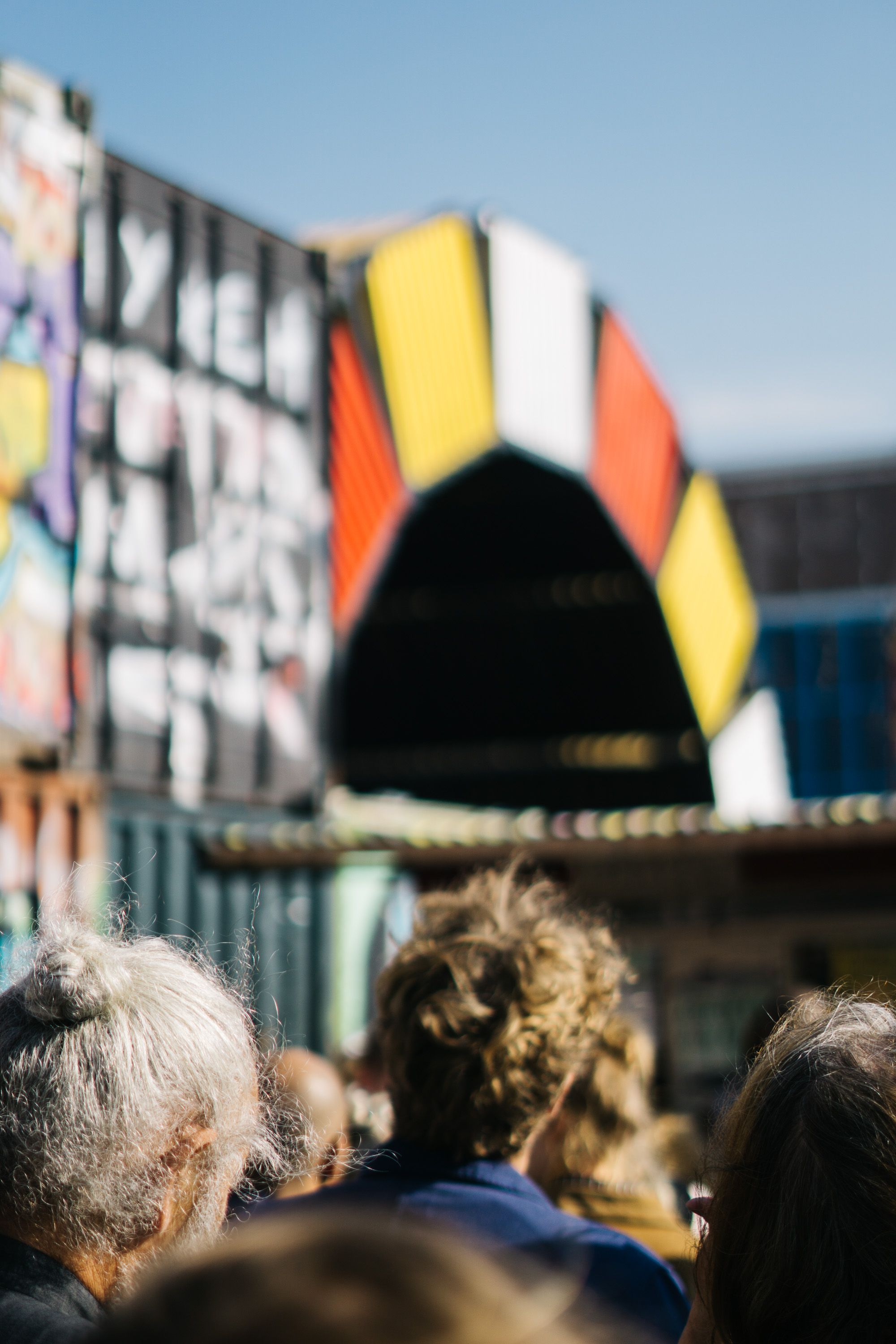
The stuff you'll find inside is pretty standard as well, and consistent in both style (vintage if you want to be kind, bargain-bin if you're feeling less charitable), and quality. As every second-hand markets go, there are gems to be found here (I saw at least a couple of Boss jackets for under 10 bucks and a Strellson for 5 euro), but this requires knowing beforehand what you're looking for, getting there early, and rummaging at supersonic speeds through piles of dirty clothes.
So, good deals, great fun and fresh looks. Is IJ-hallen the circular economy heaven we were promised? Honestly, I'm not sure.
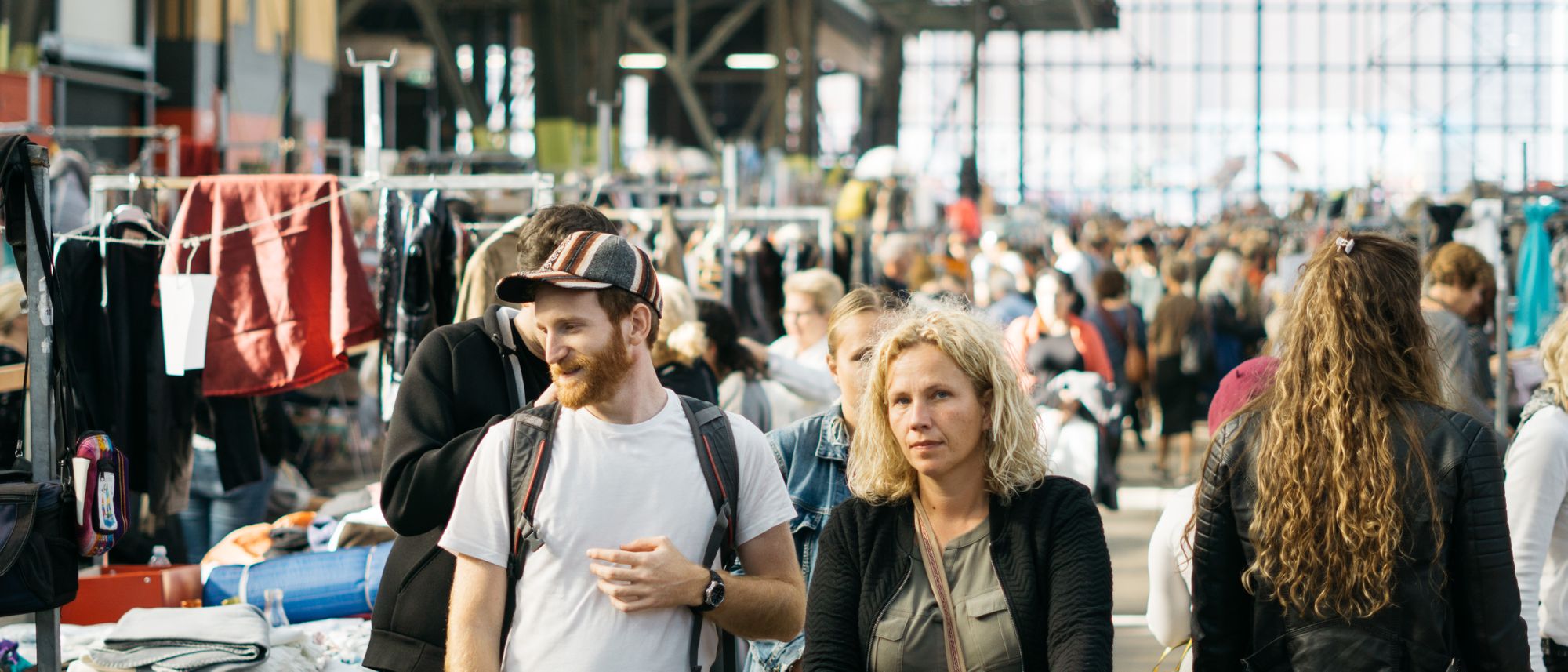
First of all, this kind of event tends to attract a certain type of people - people who don't actually need the clothes they are buying. The second hand markets I've been at in the past - especially in developing countries - act as a relative equalizer for people, offering slightly used (and dubiously sourced) decent clothes for a fixed and transparent price.
Here the situation is completely reversed: for transparent prices you gotta hit the stores; at IJ-hallen, you'll have to haggle - but since everything is so cheap for Western standards, you're doing it for fun rather than because you actually can't afford what you're buying. There's something incredibly grotesque in seeing young dudes and dudettes with a disposable income several orders of magnitudes higher than the people who actually need this circular economy haggle for that last couple euros' discount.

Secondly, there is something to be said about the motivation that drives shoppers and sellers alike. Ideally, a circular economy setup would completely replace the current use-once-and-throw-away production chain (as OSOM and Lur are doing). A less good but still acceptable setup would be one in which we keep our current production processes, but at least try to share, recycle or pass down rarely used items (UNIQLO and H&M).
What's happening here, however, is that shoppers are going on absolutely crazy sprees, buying multiple types of the same item ("it's so cheap!" screams a girl holding four coats), splurging on things they'll never actually use more than once, buying for the experience rather than the final product.
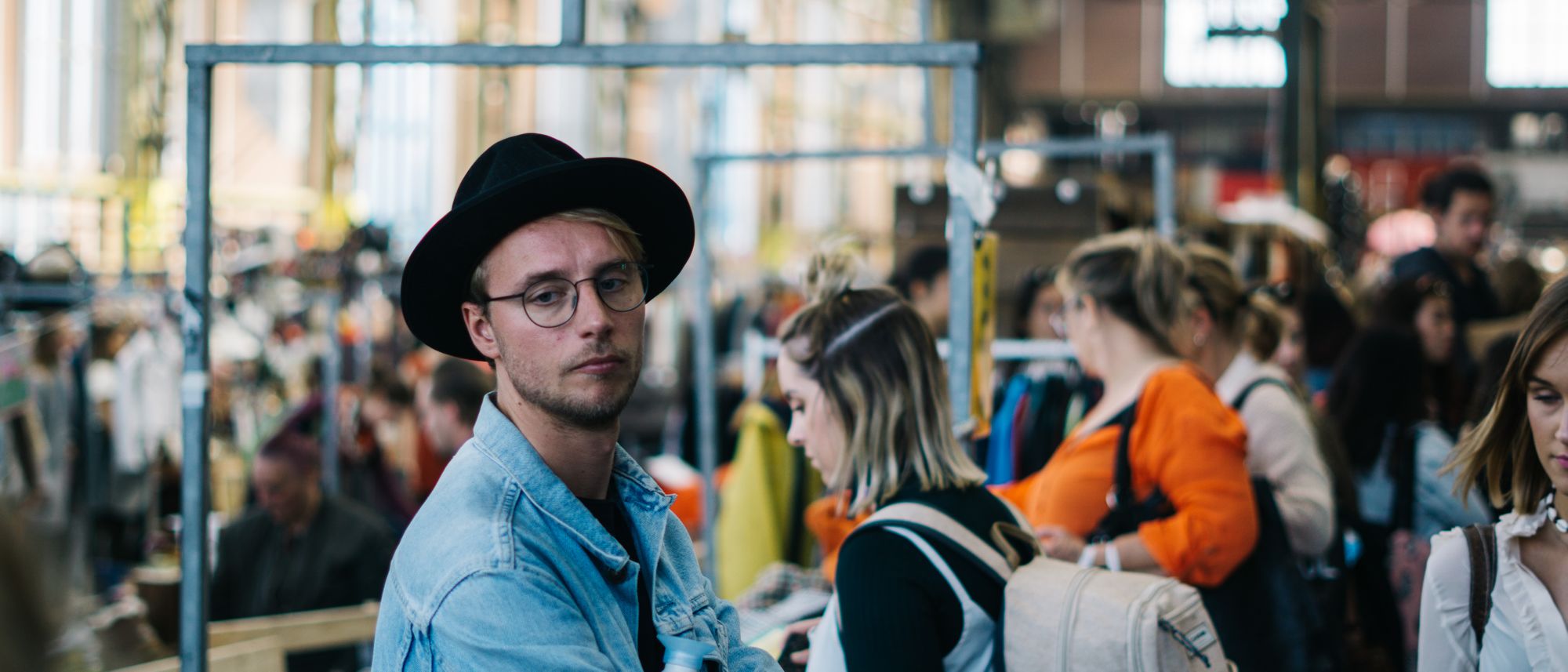
And maybe it's unfair to judge, because in the end nobody is trying to sell IJ-hallen as a brilliant example of circular production. It's a fun weekend getaway, a place where you can try on different looks, share impromptu photoshoots with your friends, grab a few beers and maybe go home with the cheapest fresh hat or funky fur coat ever.
But I've lived in the third world, and I have seen the real flea markets, the places where your clothes and electronics and half-used things go to die. Entire local supply chains devastated by the same cheerful mindless shopping that's on display at IJ-hallen, dozens of square kilometers of clothes mindlessly thrown on top of each other and sold to local farmers for a penny on the dollar. Whether it's in Amsterdam or elsewhere, we can't go on like this. In the next few years we'll really need to take a step back and reassess the actual cost of the things we buy.
Until then, enjoy your weekend shopping spree at IJ-hallen.

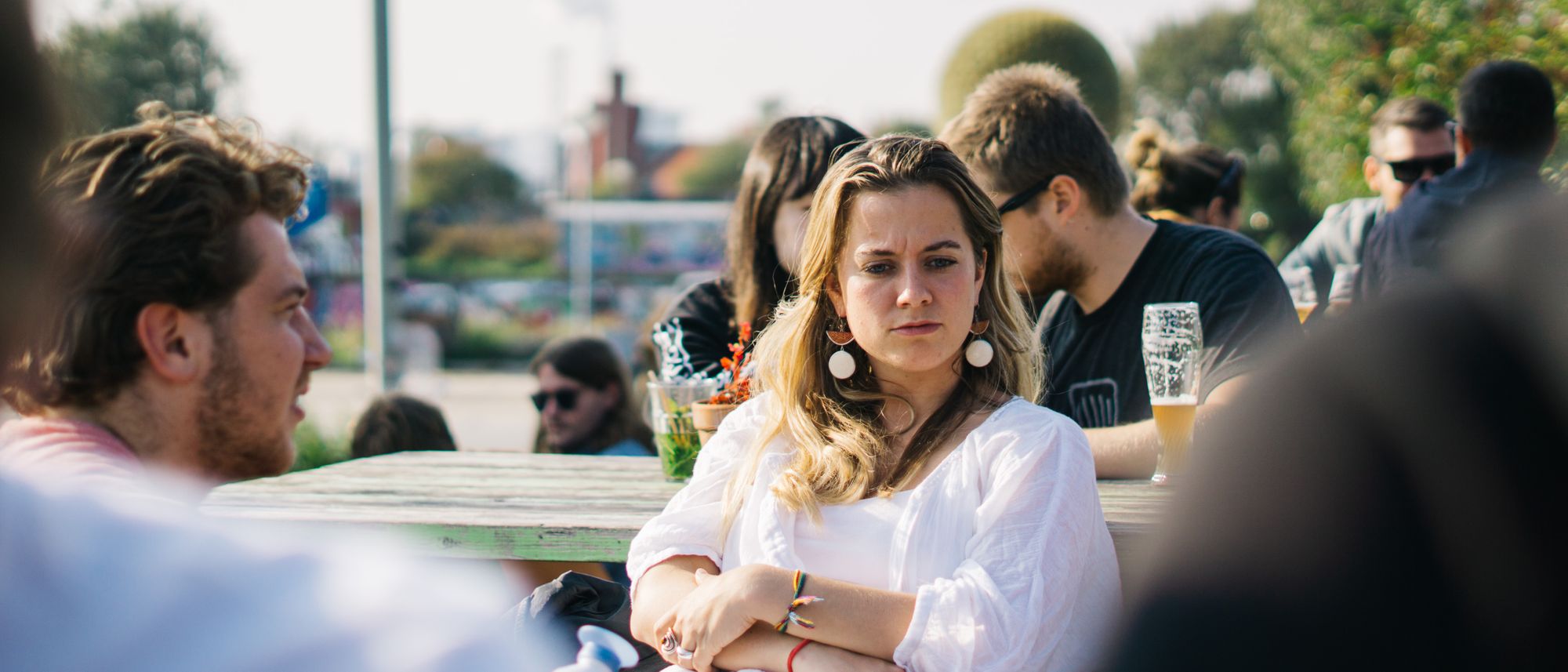

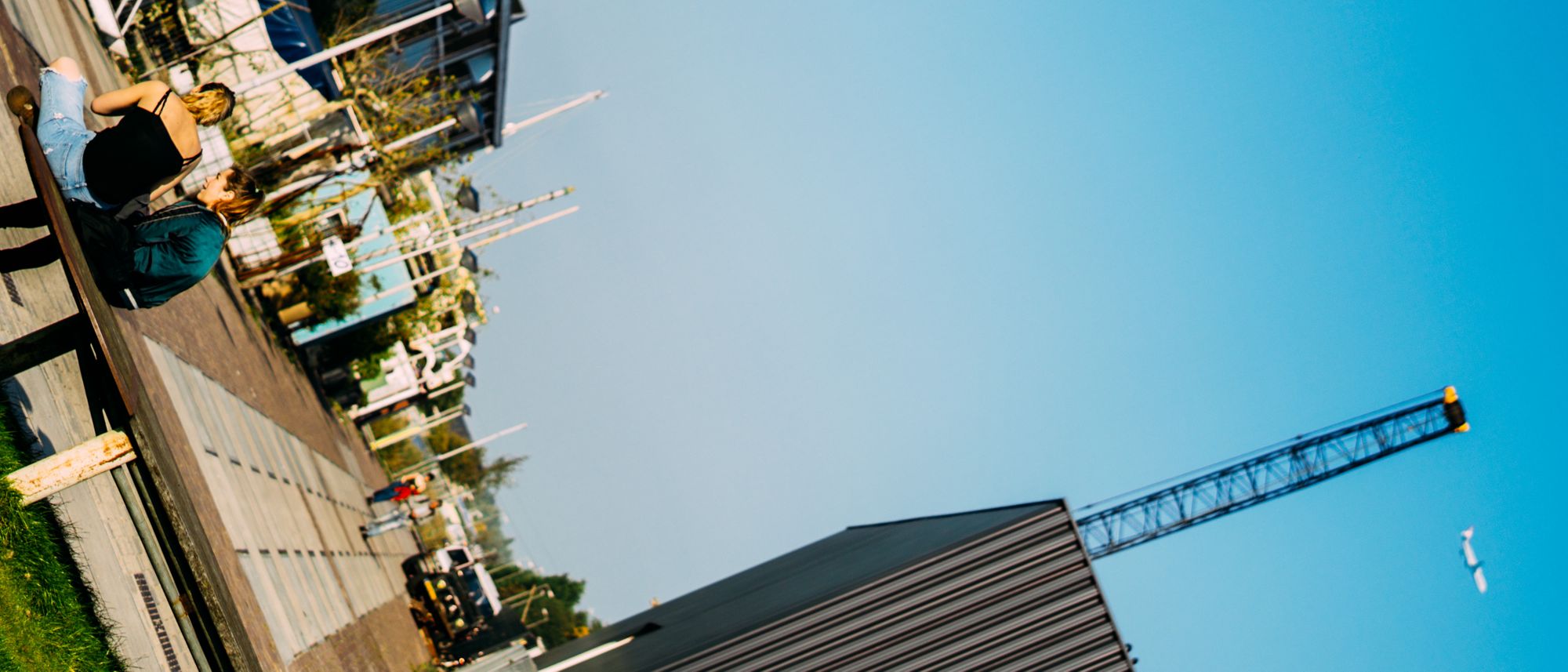
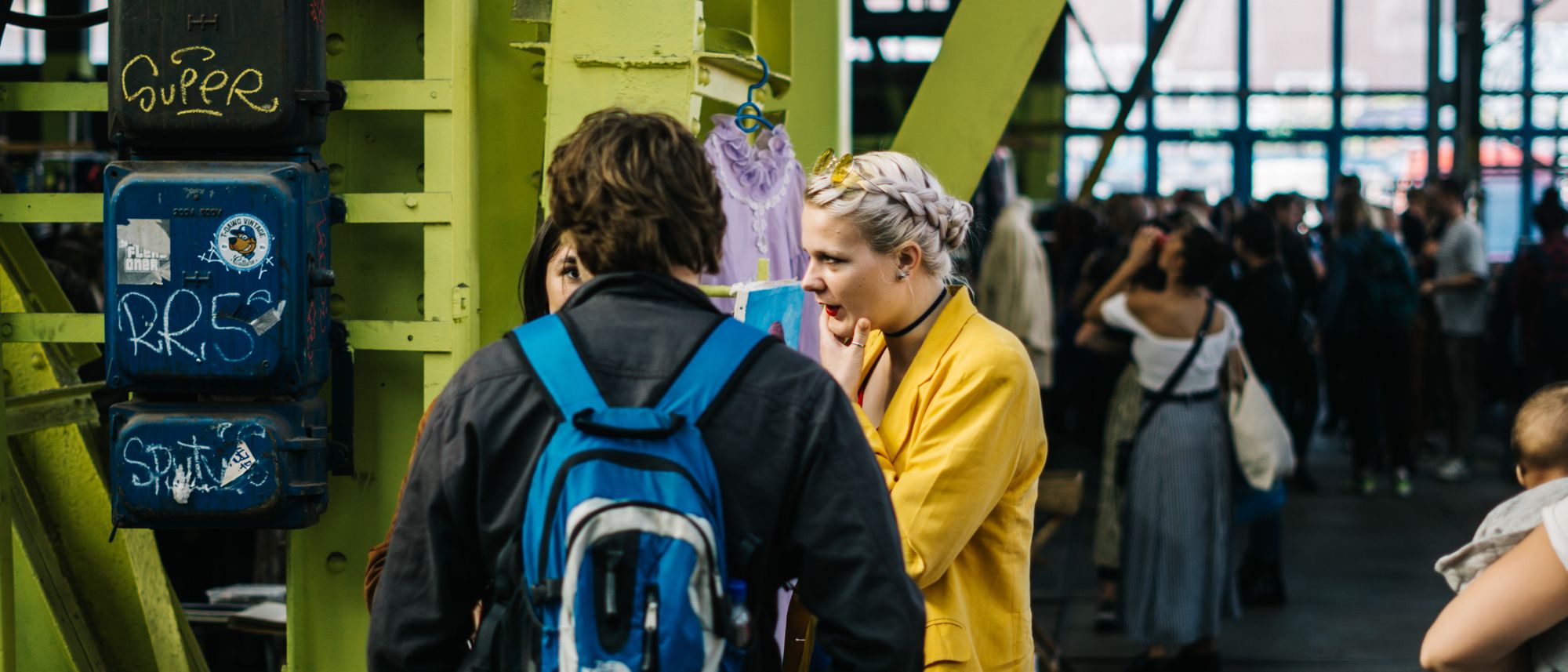
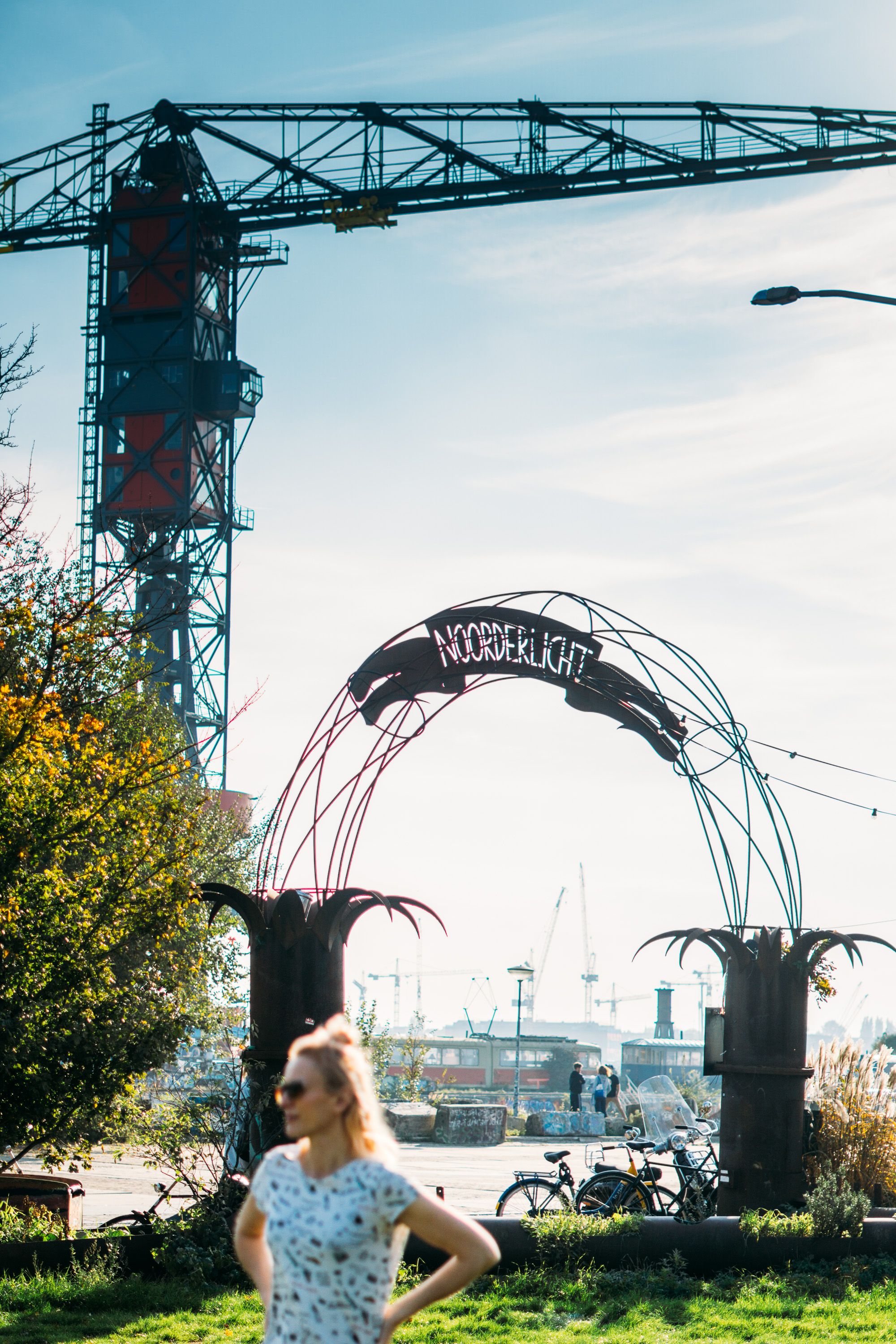
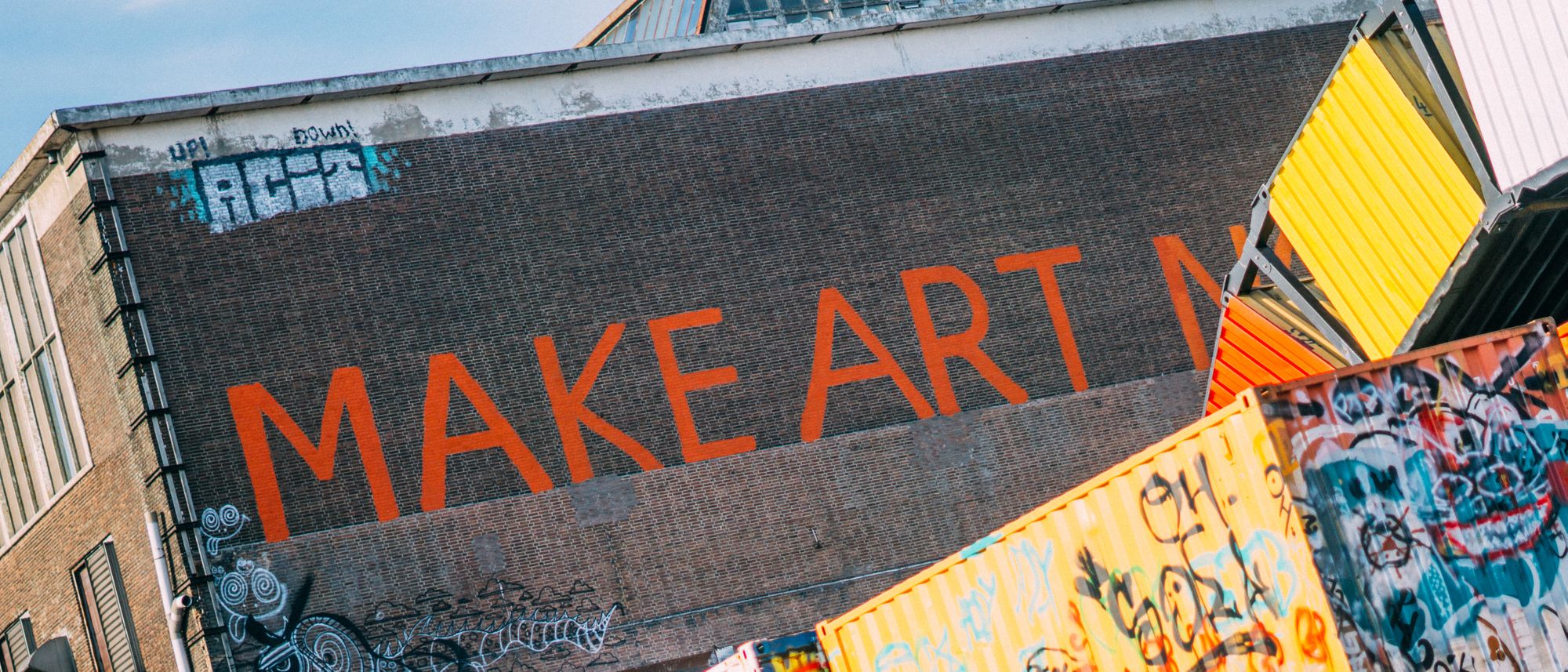
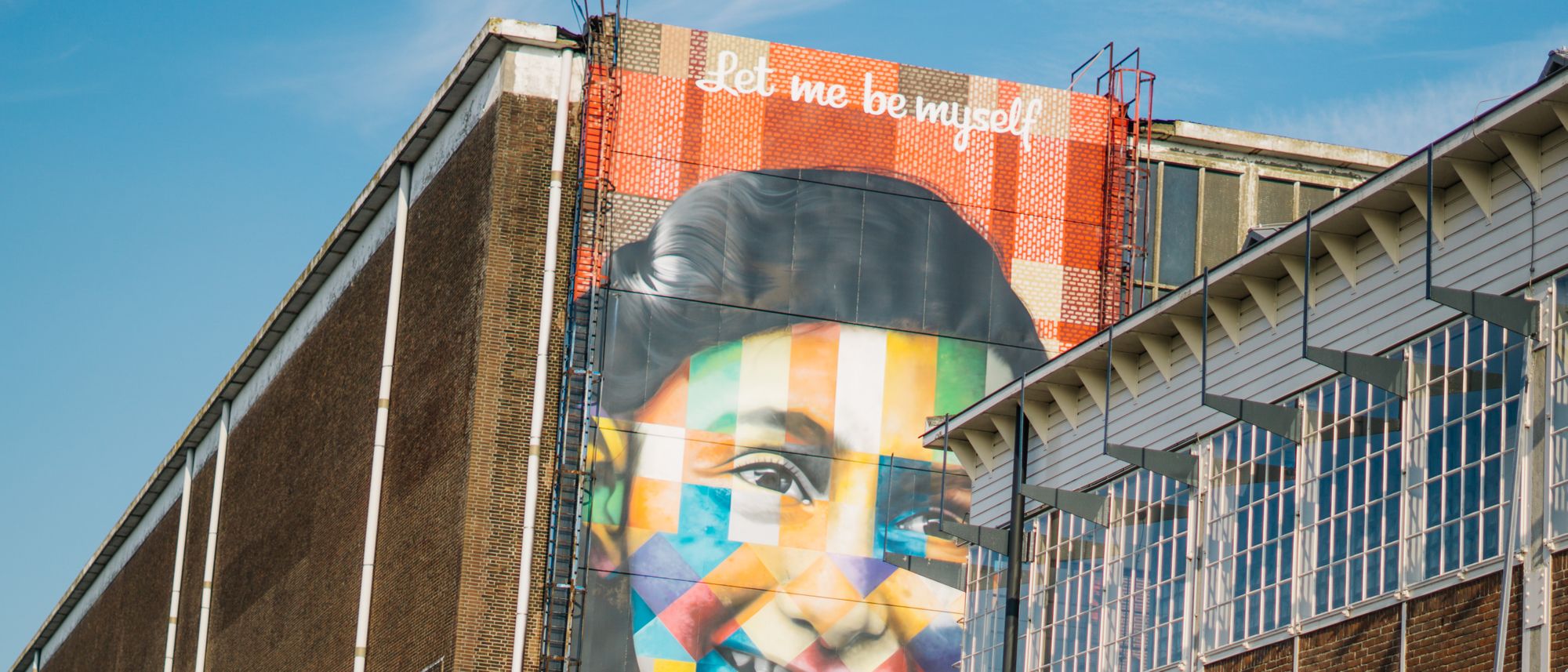
Where to go if you want to visit: NDSM werf (T.T. Neveritaweg 15, 1033 WB Amsterdam)
When to go there: twice a month, in the weekend.
How to get there: take the NDSM ferry from Central Station. It's free!
What to bring: 5 Euro for your entrance, and however much you want to spend on clothes after reading my gloomy article (most pieces of attire go for between 2 and 5 Eur, with more expensive items going for 10-20 Euro at most)
